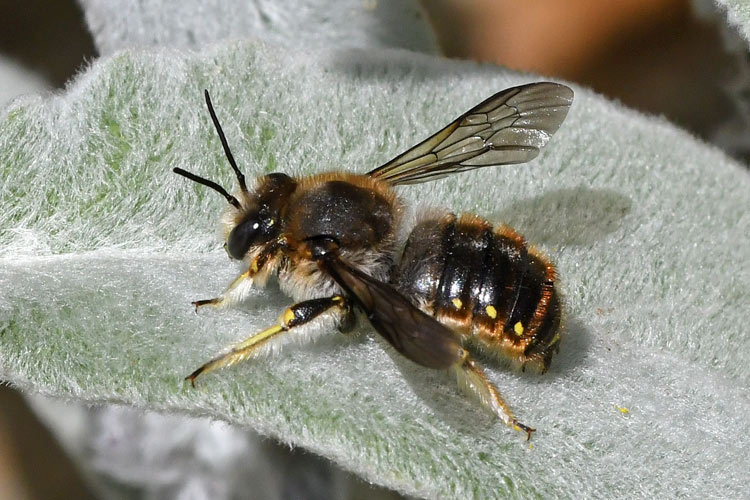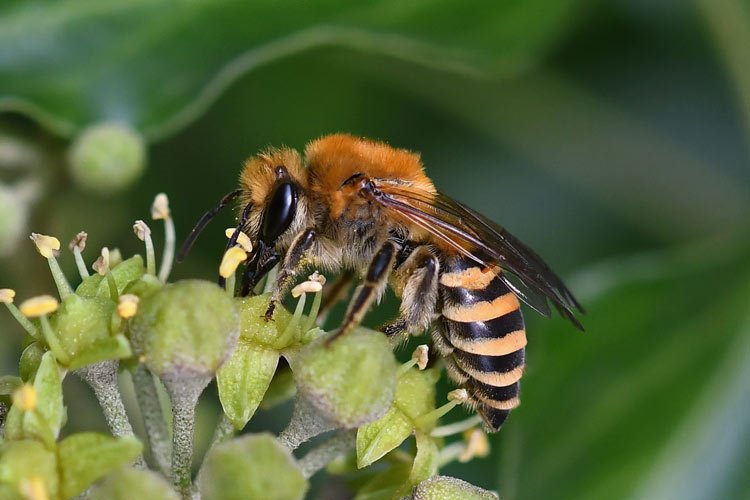Introduction
Since 1900, the UK has lost 20 species of bee, and a further 35 are considered under threat of extinction. Buglife’s Wales Threatened Bee Report, published in 2018, reports that seven bee species have been lost from Wales, five species are currently at risk of extinction and the range of many others has significantly decreased. Butterflies, hoverflies and many species of moth are also declining across Wales.
Monitoring can help us to measure changes and give us greater confidence in establishing trends in pollinator populations. Carrying out ongoing monitoring of pollinators gives us a better understanding of their status, the causes of any declines and where our actions are having an effect.
UK Pollinator Monitoring Scheme
PoMS aims to combine improved analyses of long-term records with new systematic surveys. They need your help to establish how pollinator populations are changing.
Visit their web page to find out how to carry out a simple systematic survey called a Flower-Insect Timed Count (FIT Count).
Polli:Nation
Use Polli:Nation resource materials to help your school carry out a survey. Don’t forget to upload your records onto the OPAL website.
Hunting for solitary bees

In summer, hunt for the Wool Carder Bee. It’s great fun to watch as it patrols territories around flowers and chases other insects. It’s very easy to find as it always visits the garden flower called Lamb's Ear. This bee species is under-recorded in Wales, so submitting records contributes to our scientific knowledge.
www.bwars.com/content/anthidium-manicatum-wool-carder-bee-survey

In autumn, hunt for the Ivy Mining bee. It’s very easy to identify as it only visits flowering ivy, at a time when other solitary bees are not around. It’s very interesting because it is slowly colonising Wales via the Severn Valley so its progress across Wales can be monitored by looking at the online distribution map on the BWARS site. Again, this contributes to our scientific knowledge of the bee.
There are lots of other events where you can join in to help count and record pollinators.
- National Moth Night – an annual celebration of moth recording throughout Britain and Ireland by enthusiasts aimed at raising awareness of moths among the general public.
- Big Butterfly Count – a nationwide survey aimed at helping us assess the health of our environment. It was launched in 2010 and has rapidly become the world's biggest survey of butterflies. Over 100,000 people took part in 2018, undertaking 97,133 counts.
- Friends of the Earth's Great British Bee Count – a national count of the fantastic range of wild bees in the UK.
- Bee Saviour Behaviour and Earlham Institute launch citizenscience campaign to better understanding how people use bee hotels
- Spot-a-Bee Mapping the urban bee garden















